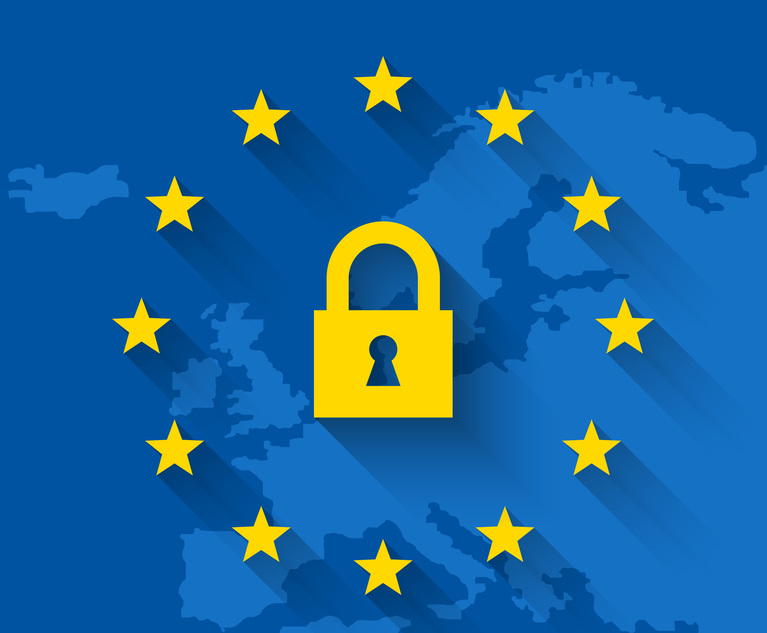The populations and economies of virtual worlds – online, ‘massively multi-user’ digital environments – are already larger than those of some nation states. They are also growing at an explosive rate. Academics currently specialising in the area suggest that the total, real-money value of transactions in the leading virtual worlds last year was more than $2bn (£1bn). And while analysts like Gartner have rightly played down some of the wilder predictions for virtual world economies, they still expect that 80% of active internet users (and Fortune 500 companies) will have a presence in Second Life by 2011.
With their beginnings in multi-player online computer games, the rapid adoption and huge popularity of these virtual worlds are explained at least in part by their heritage. Many are indeed still game-based environments. Others have evolved into social and commercial networking spaces in which users interact and socialise, participate in collective activities and endeavours and engage in commercial transactions. Currently, much of this trade involves the sale and supply of digital assets ‘in-world’. This does not mean, however, that such trades are effectively valueless. Far from it. Because virtual world currencies are typically exchangeable for real world cash, even ‘pure’ in-world trades have value. MindArk, the operators of Entropia Universe, for example, recently sold five in-world banking licences for more than $400,000 (£202,000). In November 2006, Ailin Graef, a digital real estate entrepreneur operating in Linden Lab’s virtual world, Second Life, infamously announced that she had made $1m (£506,000) in-world from an initial investment of less than $10 (£5).








